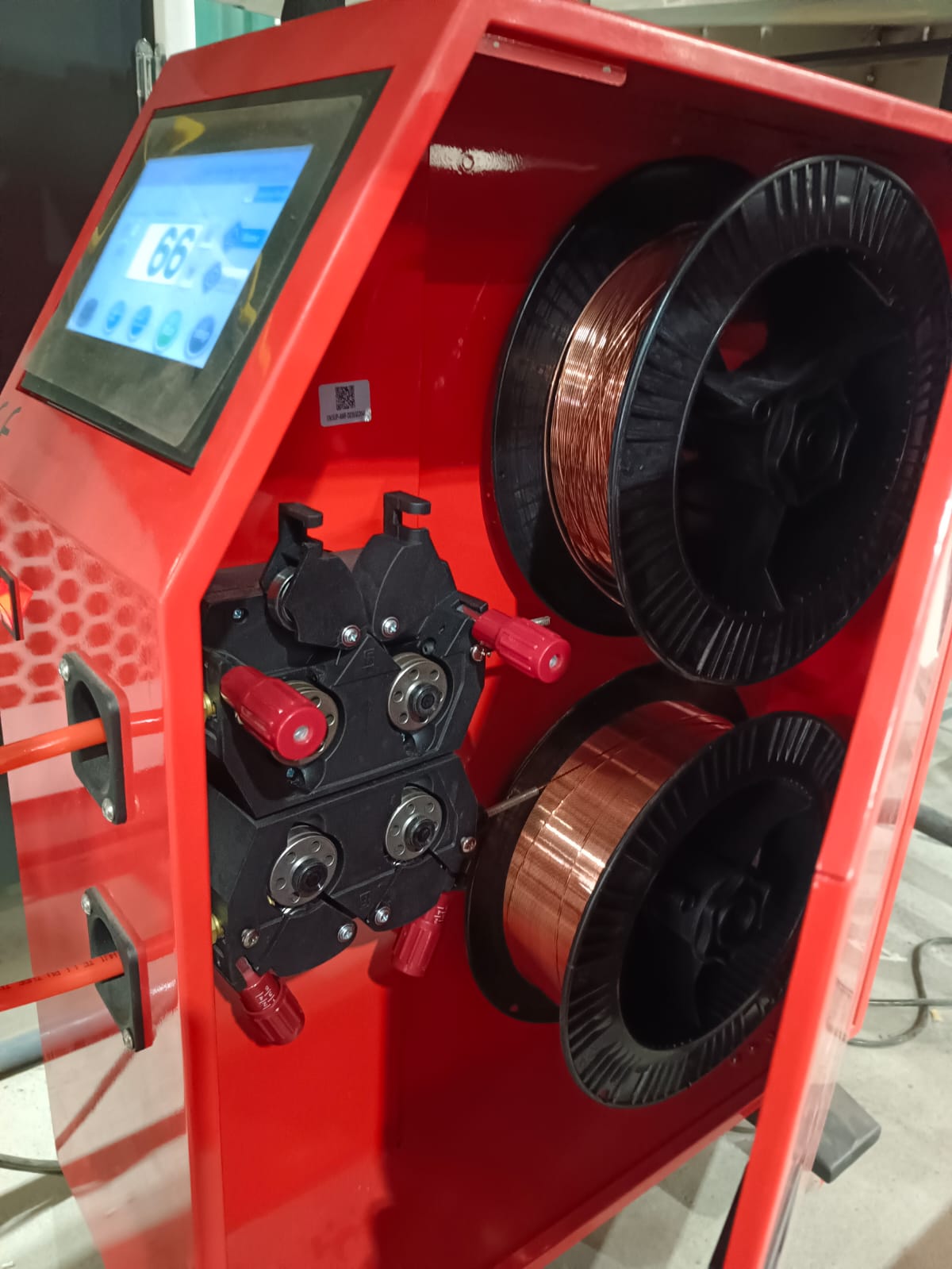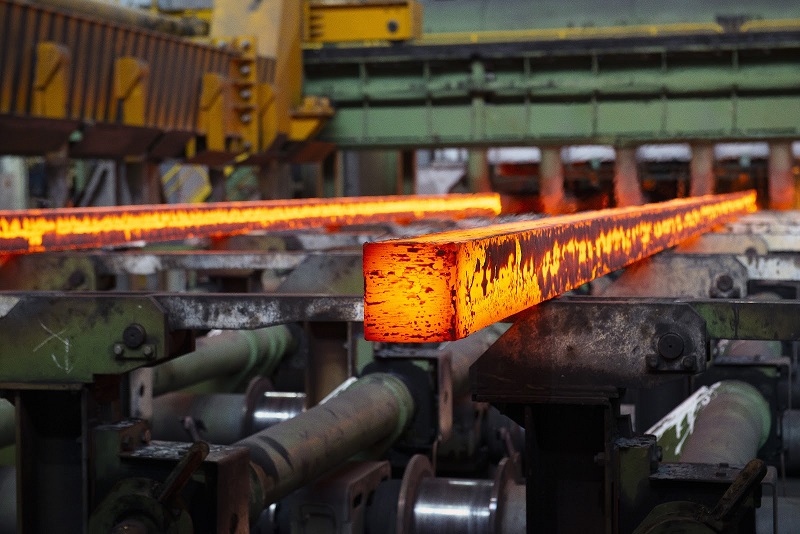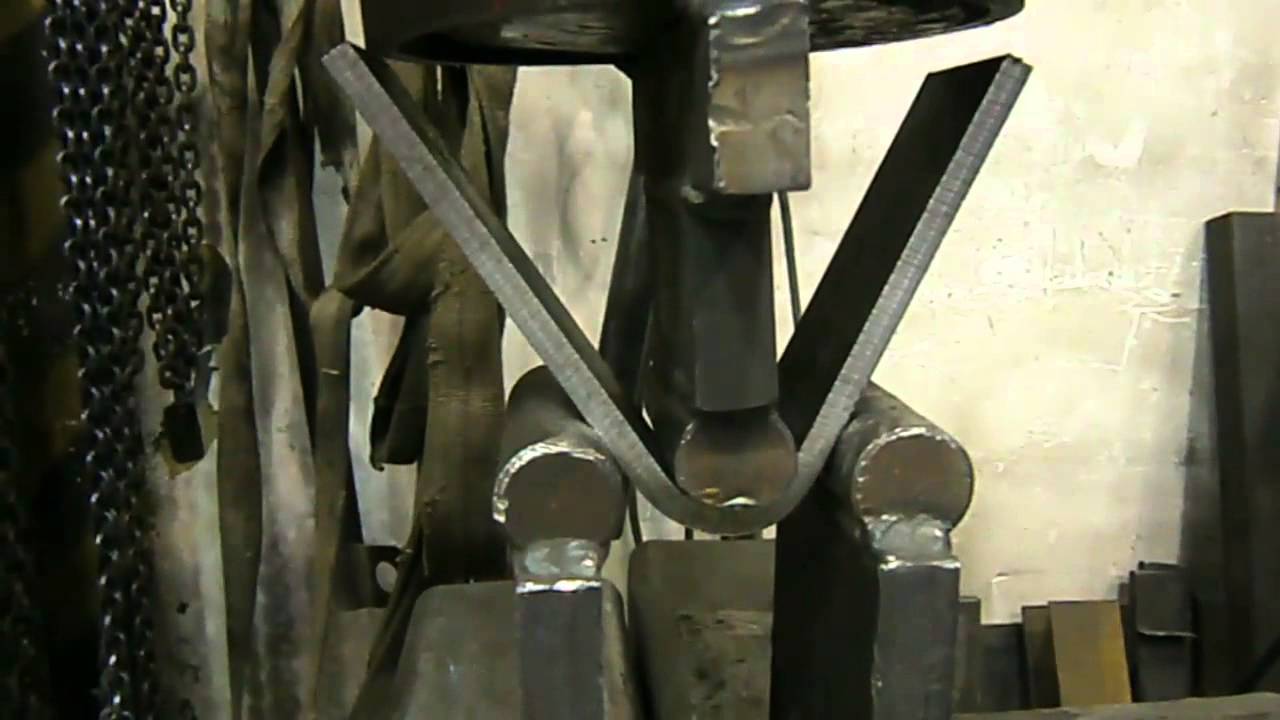blogs, Job Assistance, Training
blogs, Job Assistance, Training
blogs
Navigating the Future of NDT Courses : Trends and Innovations
Introduction: In the ever-evolving landscape of Non-Destructive Testing (NDT), staying current with the latest trends and innovations is crucial for professionals and students alike. NDT courses plays a pivotal role in ensuring the safety and integrity of structures, components, and materials across various industries. As…blogs
Exploring the Brilliance of Laser Welding
Introduction In the realm of modern manufacturing and engineering, laser welding has emerged as a revolutionary technique, offering unparalleled precision and efficiency. By employing focused laser beams, this advanced process joins materials with exceptional accuracy, minimal heat-affected zones, and reduced distortion. In this comprehensive guide,…blogs
Difference between Filler Metal and Electrode
What is Welding? Process of joining similar metals, (or thermoplastic) By heating them to suitable temperature May or may not require pressure. May or may not require Filler metal What is Brazing ? Process of joining dis-similar metals, by melting and pouring the filler…blogs
QC course for Mechanical Engineers
Part time QC course for Mechanical Engineers Quality Control and Quality Assurance Department is a satisfying career field, and is one among the core job. Quality Assurance and Quality Control nowadays had become essential in all industries, particularly in manufacturing and construction industries. It may include…blogs
NDT on Shafts
Non Destructive Testing,NDT on Shafts is considered essential , because the shafts are mostly made as load bearing structures, any defects such as cracks will propagate more during acting of load and eventually will cause failure. The most possible defects in shafts are Cracks and…blogs
Steel Making Process
Steel Making Process Steel is an alloy of iron usually containing less than 1.5% carbon. Steel can be cast into bars, strips, sheets, nails, spikes, wire, rods or pipes as needed by the intended user. Steel making process at an integrated steel plant involves three basic…blogs
Material Testing
Material testing Mechanical testing have been designed to test several weld properties.Few other material testing techniques are Charpy V-Notch Toughness: Notch toughness is the capacity that a material possesses to absorb energy in the presence of a flaw, such as a notch or crack. The material will…Training
NDT institutes in Coimbatore
NDT Training: AQC- Advanced Quality Centre – NDT Institutes in Coimbatore provide World class trainings, certifications & online courses for Non-Destructive Testing, Welding Inspections, Painting Inspections, welding course in Coimbatore, safety trainings & Industrial testing services. The trainings are provided by engineers experienced in…blogs












